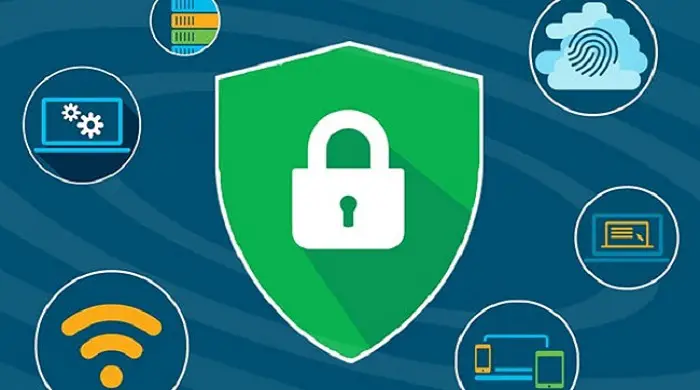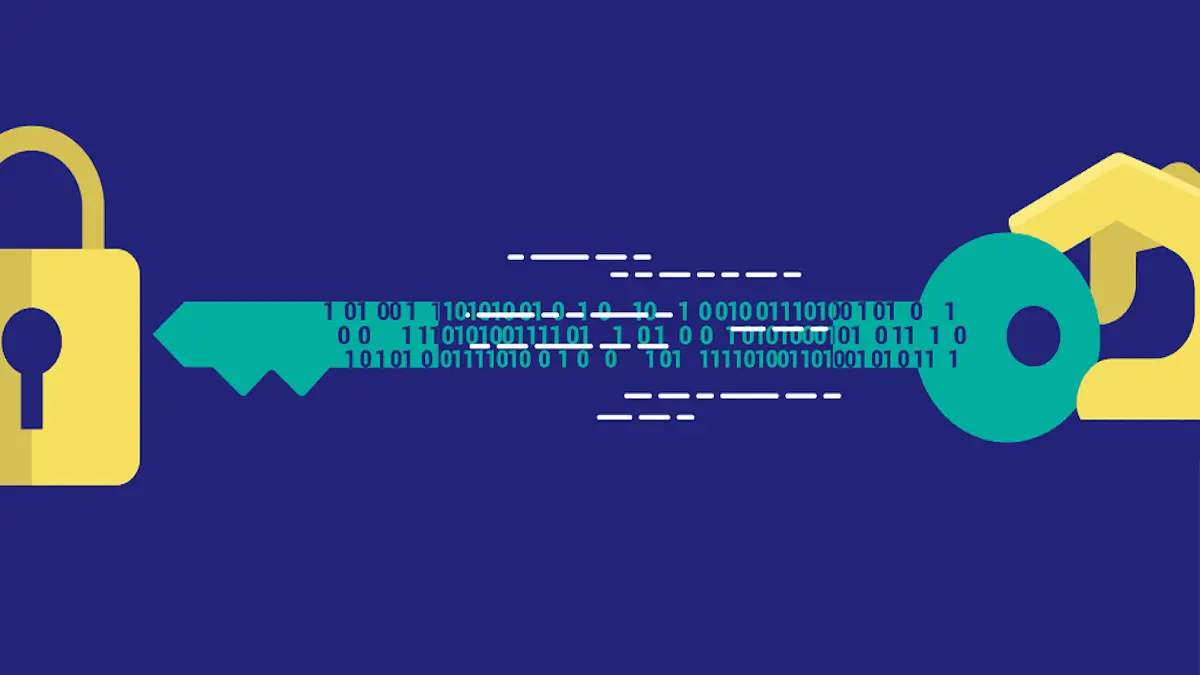The IT sector is a key part of the economy, and its growth is imperative. But it has also been experiencing some challenges lately, which means that there are some areas where companies can improve and make their operations more efficient. In this article, we’ll look at ten important issues facing the IT industry today:
1. Security
Security is a top priority for many companies and will stay that way. As more and more threats emerge, IT professionals will need to be able to protect their networks from hackers. Even if you don’t have a dedicated security expert on staff yet, some tools can help you manage your network securely without breaking the bank: Anti-virus software – These programs scan files as they’re sent over the internet or stored on servers so that they can identify viruses before any damage is done. They’ll also notify users if something suspicious has been detected in their system by emailing them an alert about what needs attention (for example “Your computer was infected with malware”). Antivirus software costs approximately $15 per month plus maintenance fees of $10 per month or less, depending on how often it needs updating (more often than not). Firewall hardware – A firewall is designed specifically for protecting networks from outside attacks—such as those made by hackers looking at data coming into or out of your network through ports like TCP/UDP ports 2021.

2. The Talent Gap
The talent Gap The best way to solve this issue is by finding a solution that allows you to bring on more people, especially in technical roles. For example, if you have an IT team that’s growing with your company but still doesn’t have enough resources, look into ways to help with this problem. You could consider hiring outside contractors or bringing on interns willing to learn new skills while working for free.

3. Compliance And Risk Management
Compliance and risk management are two of the most important aspects of IT security. Compliance is a big issue for businesses, regulators, consumers, and employees. Compliance with regulations can be tricky to achieve because so many laws need to be followed at once. The best way to comply with regulations is by following the rules laid out by each authority in question – make sure you know what they say before you start doing anything!

4. Cloud Services
Cloud services help you meet your security needs. Cloud services are a wonderful way to save money, meet compliance requirements, and improve security. You can use cloud services to store data in a secure location without having to worry about IT support staff or network security professionals. With cloud computing technology, you will have access to all the tools necessary to keep your system running smoothly; this includes antivirus software and firewalls, along with backups that allow you to get back up quickly if something goes wrong during the day or week (or month).

5. Software And Application Support
The number of software and application support issues will continue to rise because the technology world is changing at an unprecedented pace, and it’s becoming more difficult for businesses to keep up with all their needs. For example, you may be using a different cloud service each year or month—and if you’re not careful, this can lead you into trouble. To solve this problem, we recommend using cloud services as they allow you to access your data from anywhere in the world at any time.

6. Privacy and Encryption
Encryption is the process of encoding data into an unreadable format so that only authorized parties can access it; this protects your data from being read by unauthorized individuals and organizations. Encryption has many uses in modern life: Data in transit—When you send or receive sensitive information over the internet, encryption helps keep it safe from prying eyes. The most common type of encryption is symmetric key cryptography, which uses a shared secret key to encrypt and decrypt messages. As long as both parties know this shared secret key, no one else can access their data without knowing how it was encrypted-even if they get hold of your hardware or software used for generating and processing these keys! Data at rest-You might think that unencrypted files are as safe as they come; however, there are still ways hackers can steal them using methods including malware attacks on personal Computers (malicious software) or server intrusions into corporate networks with stolen credentials such as passwords/passphrases used by employees within those organization’s systems.

7. Datacenter Cost Reduction
Datacenter cost reduction is a problem, and it’s not getting any better. Data centers can be expensive to run, build, maintain, expand and decommission. The biggest challenge for the industry? Managing costs without sacrificing performance or reliability. To improve the situation: Reduce the size of your data center footprint and Use automation to manage server resources more efficiently.

8. Artificial Intelligence And Machine Learning
Artificial intelligence and machine line learning are the future of IT and will be the next big thing in business, technology, and computing. We’re already seeing AI used to analyze data from health care providers, supply chain management systems, and even customer service centers. But what does this mean for us as an industry? In short, every company needs to start thinking about how they can use AI/ML (or both) in their workplace if they want their organization’s success story to continue with this trend going forward!

9. Blockchain Introduction
Blockchain is an online ledger that records transactions chronologically and publicly. It’s decentralized, meaning it doesn’t rely on any single entity, such as banks or governments, to operate. The blockchain ledger has no central point of failure, so there’s no risk of losing data if one computer crashes or gets hacked; this makes blockchain more secure than traditional databases that are housed on centralized servers operated by corporations like Google, Amazon Web Services (AWS), Microsoft Azure, etc. where hackers can gain access to sensitive information stored within these systems easily by exploiting known vulnerabilities in their programming codebase or hardware architecture design flaws present within those system’s components themselves (elements like processors).

10. Introducing New Technology To Boost Profitability
In the IT sector, there are a lot of new technology trends that can help you boost your company’s profitability. For example, cloud computing has become more popular and affordable since 2009. Cloud services allow businesses to access their data from anywhere at any time without maintaining servers or building out their network infrastructure; this makes it easier for companies with limited budgets or resources, like startups or small businesses, who don’t have enough staff members working on IT projects but still want access to some of these resources (like software). In addition, virtualization technologies allow organizations to use different hardware platforms within their networks so they can share resources between them without having multiple servers running at once—thus reducing costs while also improving security overall because each server will only ever run certain programs instead of being shared among all users alike which means fewer chances for malware attacks occurring unexpectedly during busy times when everyone is trying hard not just one person but everyone else too!

Conclusion
I hope this article has given you some ideas about the top issues in the IT sector for 2022. While the future is unknown and we can’t predict what will happen next year, one thing is clear: change is coming.

















